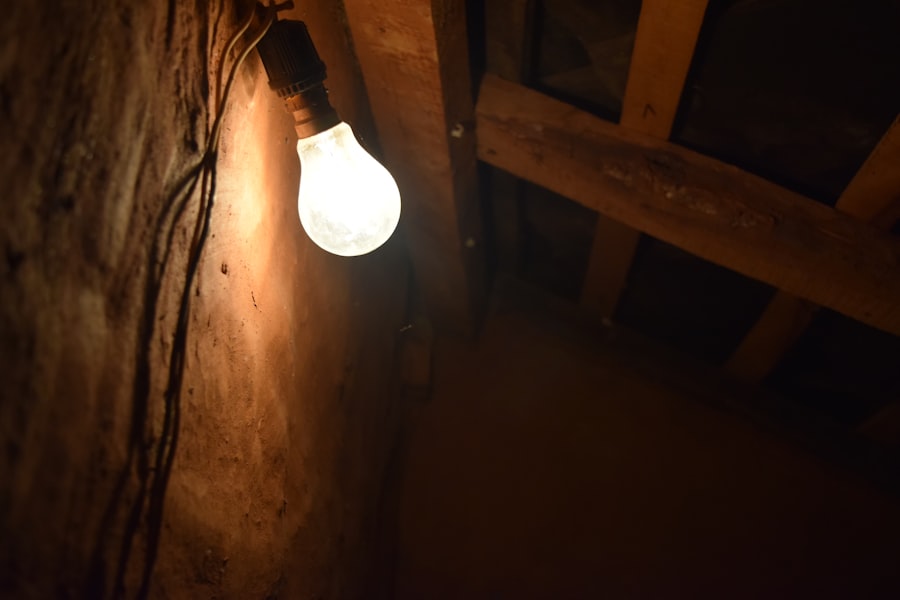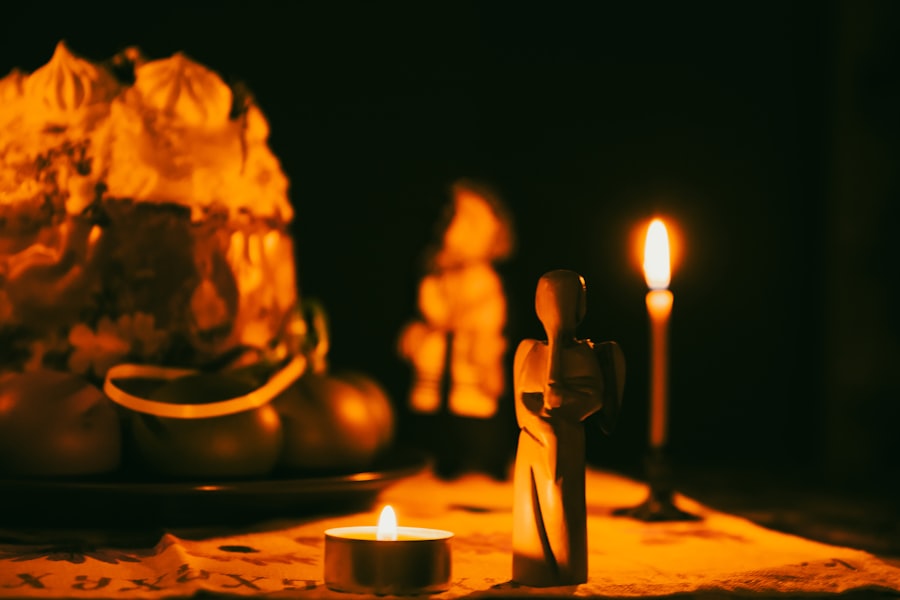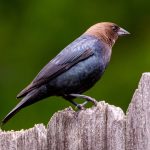Chickens, like all animals, have specific requirements for cold weather survival. Understanding these needs is essential for maintaining the health and well-being of a flock during winter. While chickens are generally hardy birds, they remain vulnerable to cold weather effects.
As temperatures decrease, chickens need additional care to stay warm and healthy. It is crucial to note that chickens are more susceptible to drafts and dampness than to cold temperatures alone. Therefore, providing adequate shelter and insulation is paramount for keeping chickens comfortable and safe during winter.
Additionally, chickens require access to fresh water and warm food to help maintain their body temperature. During cold weather, it is important to closely monitor the health of chickens, as they may become more prone to illness and injury. By comprehending the specific needs of chickens in cold weather, appropriate measures can be taken to ensure the flock remains healthy and thrives throughout the winter months.
Proper shelter, insulation, access to fresh water and warm food, and regular health monitoring are key factors in successfully managing chickens during cold weather. These practices help mitigate the effects of low temperatures and maintain the overall well-being of the flock.
Table of Contents
- 1 Providing proper shelter and insulation for chickens
- 2 Using heat lamps and heaters safely
- 3 Offering warm bedding and nesting materials
- 4 Providing access to fresh water and warm food
- 5 Monitoring the health of chickens during cold weather
- 6 Implementing additional measures for extreme cold temperatures
- 7 FAQs
- 7.1 What are the best ways to keep chickens warm in negative temperatures?
- 7.2 How can I insulate my chicken coop to keep it warm in negative temperatures?
- 7.3 Is it safe to use heat lamps or heated pads to keep chickens warm in negative temperatures?
- 7.4 What should I consider when using heat lamps or heated pads for chickens in negative temperatures?
- 7.5 How can I ensure proper ventilation in the chicken coop during negative temperatures?
Key Takeaways
- Chickens need extra care in cold weather due to their susceptibility to frostbite and respiratory issues
- Proper shelter with good insulation is essential to protect chickens from harsh weather conditions
- Heat lamps and heaters should be used cautiously to prevent fire hazards and burns to the chickens
- Warm bedding and nesting materials help chickens stay comfortable and retain body heat
- Access to fresh water and warm food is crucial for maintaining the health and well-being of chickens in cold weather
- Regular monitoring of chickens’ health is important to identify and address any cold-related issues promptly
- Additional measures such as adding extra insulation or using heated waterers may be necessary during extreme cold temperatures
Providing proper shelter and insulation for chickens
Coop Insulation and Ventilation
The coop should be well-ventilated to prevent moisture buildup, but it should also be draft-free to protect the chickens from cold drafts. Insulating the coop with materials such as straw, hay, or foam board can help retain heat and keep the chickens warm.
Maintenance and Repairs
It’s important to regularly check for any drafts or leaks in the coop and make any necessary repairs to ensure that it remains a cozy and comfortable environment for the chickens.
Outdoor Space and Windbreaks
In addition to the coop, providing a covered outdoor area or run can give the chickens space to stretch their legs while still being protected from the elements. This area should also be well-insulated and free from drafts. Adding windbreaks such as tarps or plastic sheeting can help further protect the outdoor space from cold winds. By providing proper shelter and insulation for your chickens, you can create a safe and comfortable environment for them to thrive in during the winter months.
Using heat lamps and heaters safely

Heat lamps and heaters can be useful tools for keeping chickens warm during cold weather, but it’s important to use them safely to prevent fires and injuries. When using heat lamps or heaters in the coop, it’s crucial to secure them properly to prevent them from falling and causing a fire. It’s also important to keep them away from any flammable materials such as straw or bedding.
Using a thermostat with a built-in safety shut-off feature can help regulate the temperature and prevent overheating. It’s also important to regularly check the cords and plugs for any signs of wear or damage, as this can pose a fire hazard. Additionally, it’s important to keep an eye on the chickens’ behavior when using heat lamps or heaters, as they may become too reliant on the heat source and have difficulty adjusting to colder temperatures if it suddenly fails.
By using heat lamps and heaters safely, you can provide your chickens with an additional source of warmth without compromising their safety. Heat lamps and heaters can be useful tools for keeping chickens warm during cold weather, but it’s important to use them safely to prevent fires and injuries. When using heat lamps or heaters in the coop, it’s crucial to secure them properly to prevent them from falling and causing a fire.
It’s also important to keep them away from any flammable materials such as straw or bedding. Using a thermostat with a built-in safety shut-off feature can help regulate the temperature and prevent overheating. It’s also important to regularly check the cords and plugs for any signs of wear or damage, as this can pose a fire hazard.
Additionally, it’s important to keep an eye on the chickens’ behavior when using heat lamps or heaters, as they may become too reliant on the heat source and have difficulty adjusting to colder temperatures if it suddenly fails. By using heat lamps and heaters safely, you can provide your chickens with an additional source of warmth without compromising their safety.
Offering warm bedding and nesting materials
Providing warm bedding and nesting materials is essential for keeping chickens comfortable during cold weather. Straw, hay, or wood shavings can be used as bedding in the coop to provide insulation and warmth. It’s important to regularly clean and replace the bedding to prevent moisture buildup, which can lead to dampness and mold.
Nesting boxes should also be filled with clean, dry bedding to provide a cozy spot for hens to lay their eggs. In addition to traditional bedding materials, adding extra insulation such as bales of straw around the coop can help retain heat and protect the chickens from cold drafts. It’s important to regularly check for any signs of dampness or mold in the bedding and nesting materials and make any necessary changes to ensure that they remain clean and dry.
By offering warm bedding and nesting materials, you can create a comfortable environment for your chickens to rest and stay warm during cold weather. Providing warm bedding and nesting materials is essential for keeping chickens comfortable during cold weather. Straw, hay, or wood shavings can be used as bedding in the coop to provide insulation and warmth.
It’s important to regularly clean and replace the bedding to prevent moisture buildup, which can lead to dampness and mold. Nesting boxes should also be filled with clean, dry bedding to provide a cozy spot for hens to lay their eggs. In addition to traditional bedding materials, adding extra insulation such as bales of straw around the coop can help retain heat and protect the chickens from cold drafts.
It’s important to regularly check for any signs of dampness or mold in the bedding and nesting materials and make any necessary changes to ensure that they remain clean and dry. By offering warm bedding and nesting materials, you can create a comfortable environment for your chickens to rest and stay warm during cold weather.
Providing access to fresh water and warm food
Access to fresh water is crucial for chickens during cold weather, as they need water to stay hydrated and regulate their body temperature. It’s important to regularly check for frozen water sources and provide fresh water multiple times a day. Using heated waterers or adding a small amount of apple cider vinegar to the water can help prevent freezing.
In addition to water, providing warm food such as cooked grains or vegetables can help increase the chickens’ body temperature and provide them with essential nutrients during cold weather. It’s important to monitor their food intake closely, as they may require more calories in order to stay warm. By providing access to fresh water and warm food, you can help ensure that your chickens stay healthy and hydrated throughout the winter months.
Access to fresh water is crucial for chickens during cold weather, as they need water to stay hydrated and regulate their body temperature. It’s important to regularly check for frozen water sources and provide fresh water multiple times a day. Using heated waterers or adding a small amount of apple cider vinegar to the water can help prevent freezing.
In addition to water, providing warm food such as cooked grains or vegetables can help increase the chickens’ body temperature and provide them with essential nutrients during cold weather. It’s important to monitor their food intake closely, as they may require more calories in order to stay warm. By providing access to fresh water and warm food, you can help ensure that your chickens stay healthy and hydrated throughout the winter months.
Monitoring the health of chickens during cold weather

Physical Health Checks
Regularly check for any signs of frostbite on their combs, wattles, or feet, as well as any respiratory issues such as coughing or sneezing. Providing proper shelter, insulation, and access to fresh water and warm food can help prevent these issues from arising.
Behavioral Monitoring
In addition to physical health, it’s also important to monitor their behavior closely for any signs of stress or discomfort. Chickens may huddle together for warmth or become less active during cold weather, but any drastic changes in behavior should be noted and addressed accordingly.
Prevention and Early Intervention
By monitoring the health of your chickens closely, you can identify any potential issues early on and take the necessary steps to keep them healthy throughout the winter months.
Implementing additional measures for extreme cold temperatures
In extreme cold temperatures, additional measures may be necessary to ensure the well-being of your chickens. This could include using extra insulation in the coop, adding heat lamps or heaters if needed, or even bringing them indoors if conditions become too severe. Providing extra bedding materials such as straw or hay can also help keep them warm during extreme cold snaps.
It’s important to regularly check for any signs of frostbite or hypothermia in extreme cold temperatures, as these conditions can pose serious risks to your flock’s health. Additionally, providing high-calorie treats such as mealworms or sunflower seeds can help increase their body temperature during extreme cold weather. By implementing additional measures for extreme cold temperatures, you can help ensure that your chickens stay safe and healthy even in the harshest winter conditions.
In extreme cold temperatures, additional measures may be necessary to ensure the well-being of your chickens. This could include using extra insulation in the coop, adding heat lamps or heaters if needed, or even bringing them indoors if conditions become too severe. Providing extra bedding materials such as straw or hay can also help keep them warm during extreme cold snaps.
It’s important to regularly check for any signs of frostbite or hypothermia in extreme cold temperatures, as these conditions can pose serious risks to your flock’s health. Additionally, providing high-calorie treats such as mealworms or sunflower seeds can help increase their body temperature during extreme cold weather. By implementing additional measures for extreme cold temperatures, you can help ensure that your chickens stay safe and healthy even in the harshest winter conditions.
In conclusion, understanding the needs of chickens in cold weather is essential for ensuring their health and well-being throughout the winter months. Providing proper shelter and insulation, using heat lamps and heaters safely, offering warm bedding and nesting materials, providing access to fresh water and warm food, monitoring their health closely, and implementing additional measures for extreme cold temperatures are all crucial steps in caring for your flock during cold weather. By taking these measures into consideration, you can create a safe and comfortable environment for your chickens even in the harshest winter conditions.
If you’re looking for more tips on keeping chickens warm in negative temperatures, you might want to check out this article on turning a shed into a chicken coop. It offers valuable insights on how to create a cozy and insulated space for your chickens to stay warm during the winter months. Source
FAQs
What are the best ways to keep chickens warm in negative temperatures?
Some of the best ways to keep chickens warm in negative temperatures include providing a well-insulated coop, using heat lamps or heated pads, and ensuring proper ventilation to prevent moisture buildup.
How can I insulate my chicken coop to keep it warm in negative temperatures?
You can insulate your chicken coop by using materials such as straw, hay, or wood shavings on the floor, adding extra bedding, sealing any drafts, and using insulating materials on the walls and ceiling.
Is it safe to use heat lamps or heated pads to keep chickens warm in negative temperatures?
Yes, it is safe to use heat lamps or heated pads to keep chickens warm in negative temperatures, as long as they are installed properly and used according to the manufacturer’s instructions to prevent fire hazards.
What should I consider when using heat lamps or heated pads for chickens in negative temperatures?
When using heat lamps or heated pads for chickens in negative temperatures, it is important to consider the risk of fire, the safety of the electrical setup, and the potential for overheating or causing burns to the chickens.
How can I ensure proper ventilation in the chicken coop during negative temperatures?
You can ensure proper ventilation in the chicken coop during negative temperatures by providing adjustable vents, using a ridge vent or cupola, and avoiding sealing the coop too tightly to prevent moisture buildup and respiratory issues for the chickens.
Meet Walter, the feathered-friend fanatic of Florida! Nestled in the sunshine state, Walter struts through life with his feathered companions, clucking his way to happiness. With a coop that’s fancier than a five-star hotel, he’s the Don Juan of the chicken world. When he’s not teaching his hens to do the cha-cha, you’ll find him in a heated debate with his prized rooster, Sir Clucks-a-Lot. Walter’s poultry passion is no yolk; he’s the sunny-side-up guy you never knew you needed in your flock of friends!







